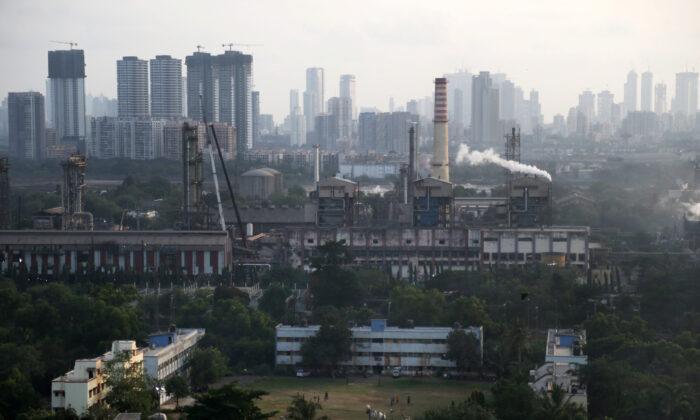LONDON/TOKYO—Global factory output mostly weakened in September as slowing demand added to the pain from persistent cost pressures and tighter monetary policy, surveys showed on Monday, diminishing economic recovery prospects.
The data clouds the outlook for a sustained recovery from the COVID-19 pandemic and could add to concerns of a global slowdown as major central banks embark on the most aggressive round of interest rate rises in decades to tame soaring inflation.
Those hikes have stoked fears of a sharp downturn in global demand that had underpinned exports.
Manufacturing activity across the eurozone declined further last month as a growing cost of living crisis kept consumers wary while soaring energy bills limited production.
S&P Global’s final manufacturing Purchasing Managers’ Index (PMI) for the bloc fell to a 27-month low of 48.4 in September from August’s 49.6, further below the 50 mark separating growth from contraction.
“The European manufacturing sector continues to face serious challenges, weighed down by surging energy prices, while new orders are seeing further decline,” said Thomas Rinn, global industrial lead at Accenture.
“Economies continue to face drawbacks from high inflation, growing uncertainties, and the increasing cost-of-living crisis.”
Soaring energy costs set off alarm bells about the outlook for business in Germany, Europe’s largest economy, as manufacturing activity contracted there for a third month. French factory activity contracted at the fastest pace since May 2020.
Italian factory activity declined again but at a shallower pace than in August. Its PMI was better than had been expected in a Reuters poll.
In Britain, outside the European Union, manufacturing output fell for a third month in a row in September and orders declined for a fourth consecutive month, hurt by falling foreign demand.
Manufacturing activity shrank in Taiwan and Malaysia, and grew at a slower pace in Japan, India, and Vietnam, as rising raw material costs and the darkening global outlook weighed on corporate sentiment.
The surveys came after China’s factory and services activity data on Friday pointed to further cooling in the world’s second-largest economy as strict COVID-19 lockdowns disrupted production and dampened sales.
China’s official PMI rose to 50.1 in September from 49.4. But separate data showed China’s Caixin/S&P Global manufacturing PMI fell more than expected to 48.1 in September from 49.5.
With few signs Beijing will significantly ease zero-COVID soon, many analysts expect China’s economy to grow just 3 percent this year, which would be the slowest since 1976, excluding the 2.2 percent expansion during the initial COVID-19 hit in 2020.
“We’re seeing economic conditions deteriorate in China, the United States, and Europe. That’s definitely weighing on Asian manufacturing activity,” said Toru Nishihama, chief economist at Dai-ichi Life Research Institute.
“While supply disruptions may have run their course, Asia is now suffering from slumping global demand.”
The au Jibun Bank Japan Manufacturing PMI slumped to 50.8 in September, marking the weakest growth rate since January last year.
New orders shrank at the fastest rate in two years, while output posted its sharpest decline in a year due to weakening demand from China and other trading partners, Japan’s PMI showed.
“Weakness in the yen is doing little to bolster export demand either and instead is pushing imported inflation up drastically and drove domestic price pressures up even further,” said Joe Hayes, senior economist at S&P Global Market Intelligence.
The global economic slowdown is also clouding the outlook for high-growth industries. Top electric car maker Tesla Inc. on Sunday announced lower-than-expected electric vehicle deliveries in the third quarter.
While the company said logistical challenges overshadowed its record deliveries, some analysts voiced concern about demand for high-ticket items due to slowing global growth.





